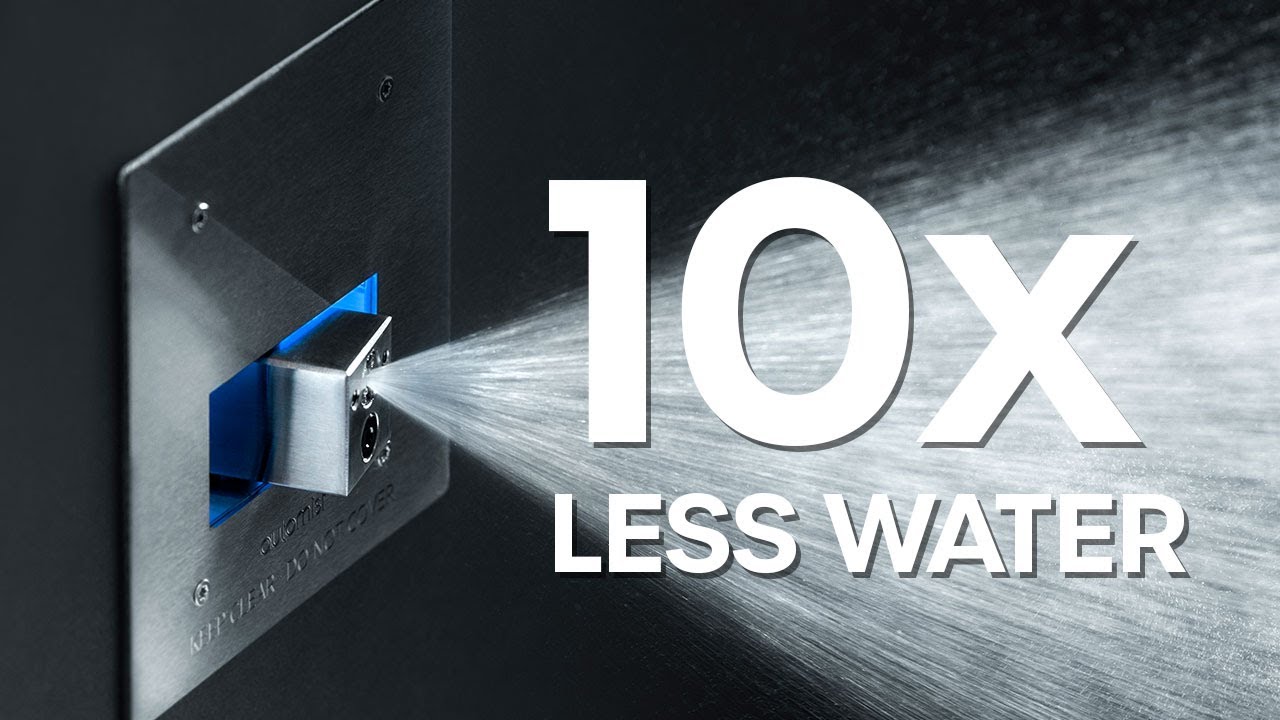
Automist 13D Smartscan is ideal for well or limited water
This revolutionary device is leading the way in how fires can be addressed more effectively, more efficiently, and using less water than was possible before (only 2.4 gal per minute). Traditional Fire sprinklers can lead to an increased meter or tap fee when the sprinkler system is unable to be supplied by the same size meter that serves household plumbing. Automist 13D can be used for the same residential applications and can be installed without having to upgrade the plumbing.
Much domestic water supply for one and two-family dwellings includes a ¾” or 5/8” water service and meter and may include a water pressure regulator and/or a backflow preventer. All of these devices are designed for a typical residential water flow rate of 5 to7 gallons per minute (gpm). They often cannot deliver the flow required by a residential fire sprinkler system. At a minimum, all of these devices need to be increased in size, typically to 1¼”. Increasing the size of these devices is a hidden cost that is often overlooked because it is part of the plumber’s job, and is therefore not included in the fire sprinkler contractor’s bid.
When a new home taps into the water supply line, or water main, a tapping fee is commonly charged. The tapping fee varies based on the community and tapping procedures. Water purveyors often charge customers more for a larger 1” water meter, the meter pricing structure is not based on material/product costs, but rather on the potential for water withdrawal of the meter. One-inch water meters are commonly classified as a commercial meter size; therefore, customers who purchase 1” or larger water meters could also be charged commercial customer usage rates instead of residential usage rates.
This problem is compounded when the water supply is a private well. The required flow rate is the same 5-7 gpm, however, the source of the water is from a well that is typically 100 – 600 ft deep. A pump near the bottom of the well pumps the water into a small pressurized water storage tank (typically 40 gallons) located in the home. Again, increasing the size of these devices is a hidden cost that is often overlooked because it is part of the plumber’s job, and is therefore not included in the fire sprinkler contractor’s bid. In addition, there are technical problems that must be addressed such as increasing the capacity of the well.

